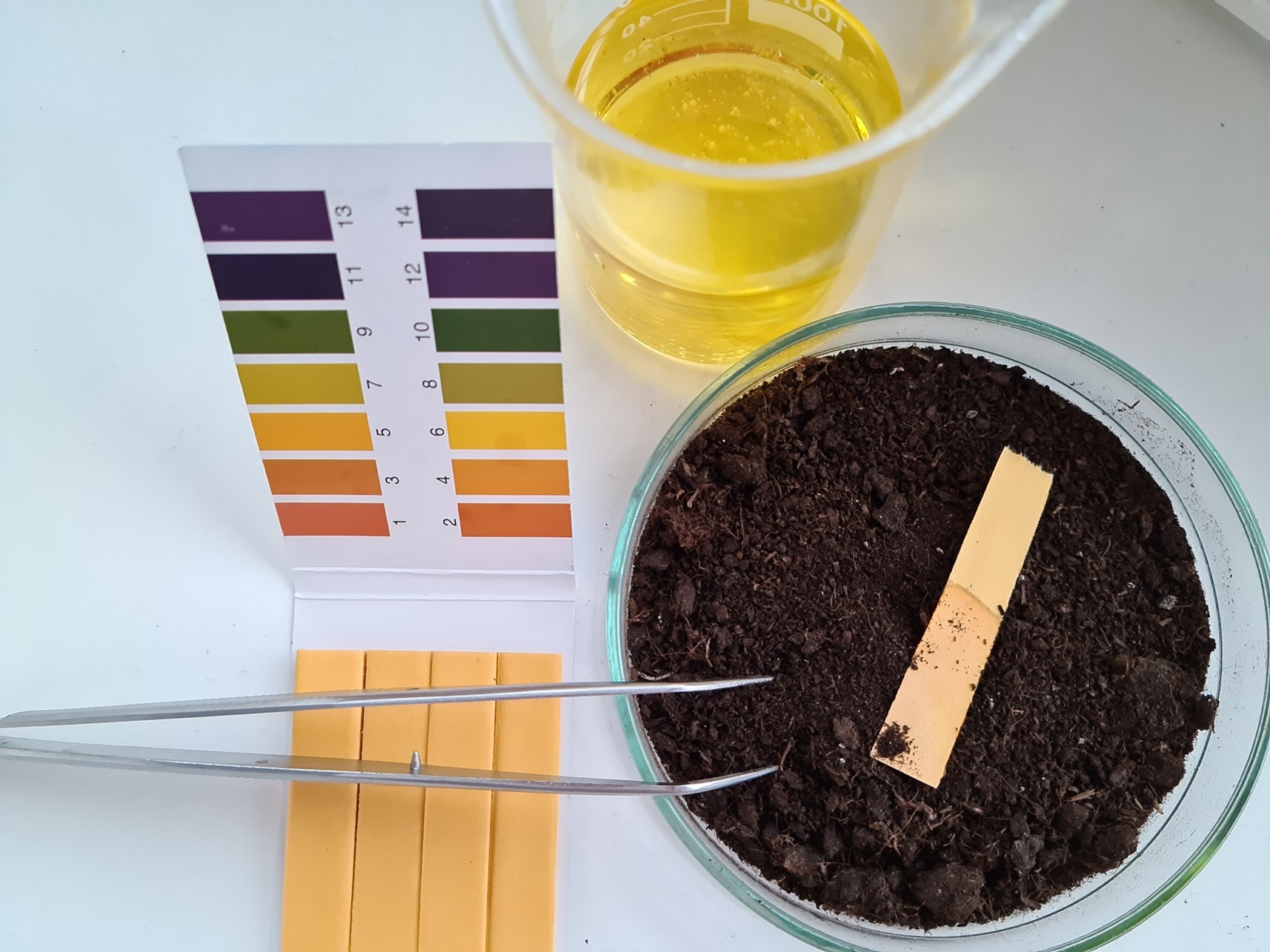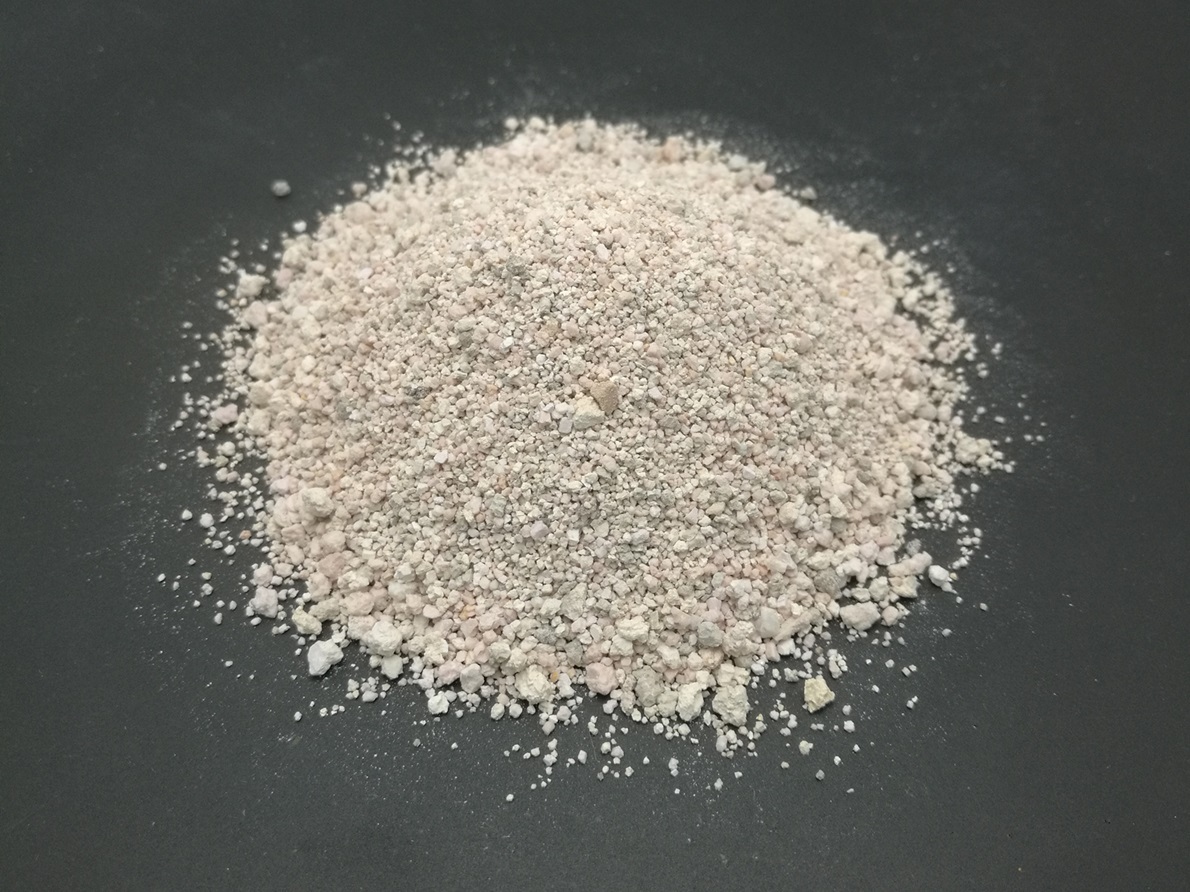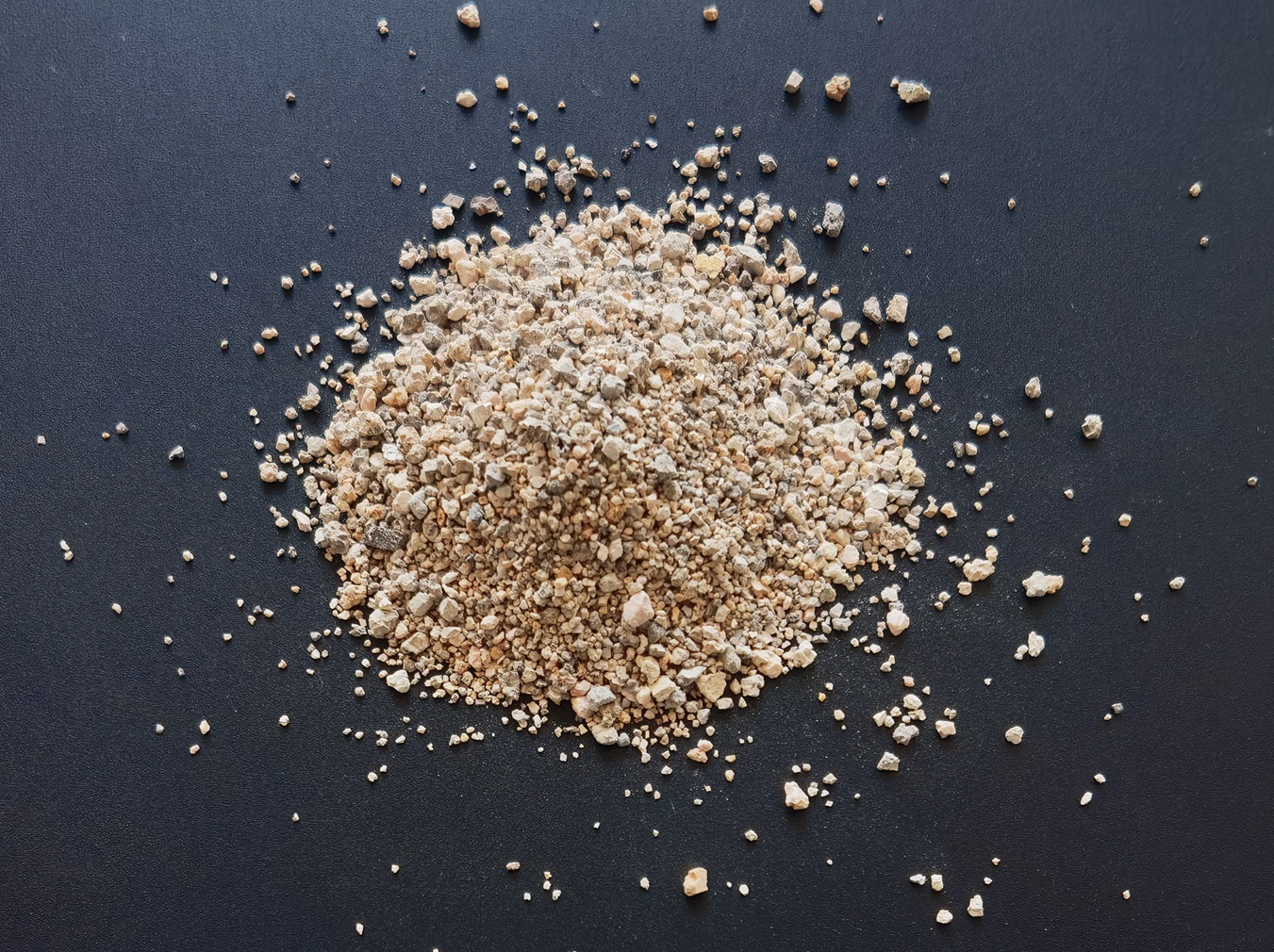Soil Remediation
Soil Remediation
Industrialized economies and developing countries are affected by soil pollution originating from mining, industrial activities, improper disposal of waste, and mechanized agriculture. Soil pollution could lead to impacts on crop productivity and human health.
Heavy metals and metalloids, one category of many contaminants, can accumulate in soil or move to aquifer due to leaching from rainwater with potentially toxic effects to human health and ecosystems. The two ways for remediation of metal(loid)-contaminated soils are the mobilizing techniques and the immobilizing techniques. The latter is more commonly used because it is much more economical than the former. The mechanism of the immobilizing techniques is to stabilize heavy metal(loid)s through adsorption, complexation, or precipitation reactions, avoiding the leaching phenomenon.
Magnesium Oxide (MgO) has been extensively investigated as effective immobilizing agent due to its excellent sorption affinities. The researches show that pH deeply affect and interfere with the heavy metal solubility in soil. Some metal(loid)s have a considerable leaching level at a certain pH (such as 5.5 or 5.6) but precipitate at a certain pH (such as pH≈9) in insoluble hydroxide form thus avoiding their leaching. MgO, also acting as a buffering agent, has an appropriate acid neutralization capacity and also can establish a reservoir of the alkali to guarantee a pH buffering capacity in the optimum range (such as 9.0 < pH < 11.0) over a long period, resulting in avoiding the re-dissolution of certain metal(loid)s.
Practice shows that MgO is regarded as promising immobilization agents with long-term stability for some metal(loid)s, such as As, Cd, Cu, Pb, Sb, Zn, etc. IMC provides magnesium oxide with appropriate reactivity and particle size for soil remediation.
Recommended Products
The most common method used for MgO production is the calcination of magnesite. The temperature of calcination influences the crystal size and reactivity of the MgO product. CCM has the highest reactivity and greatest specific surface area compared with DBM and FM.






